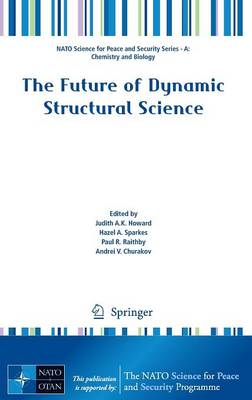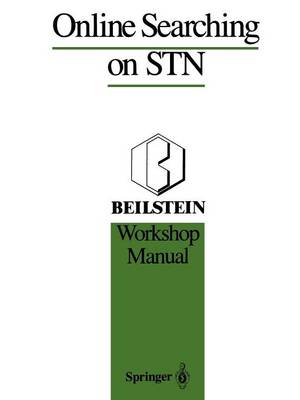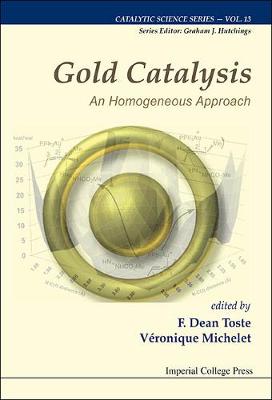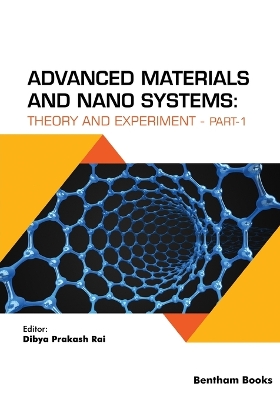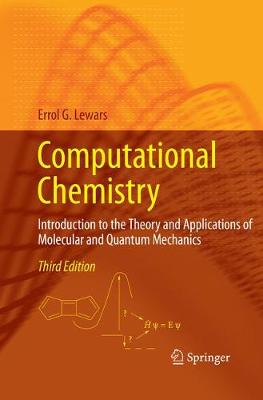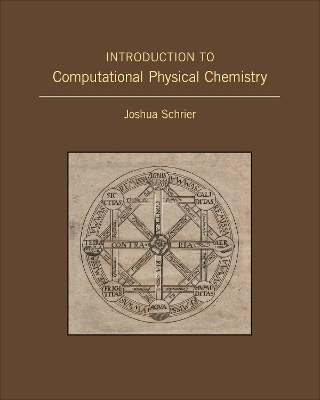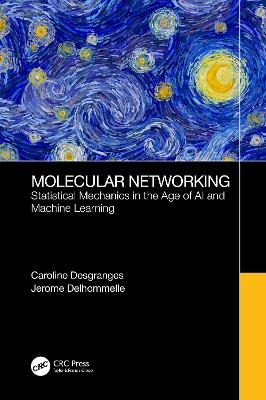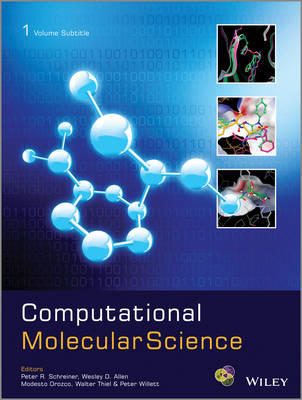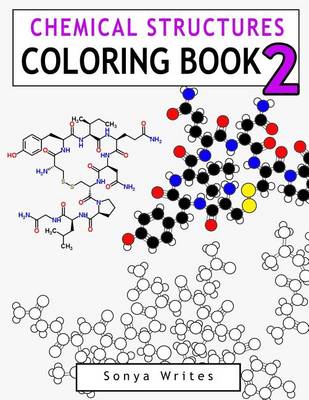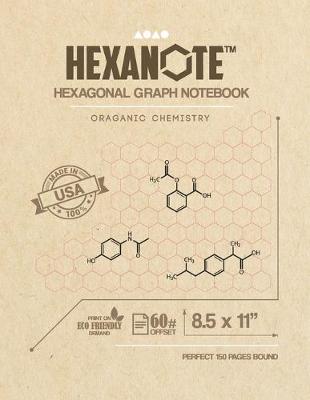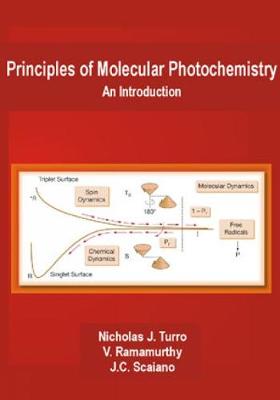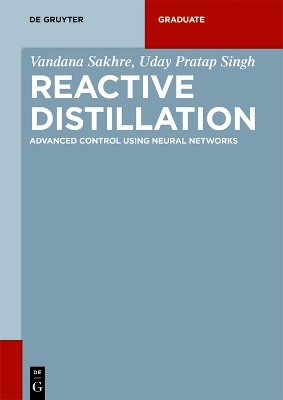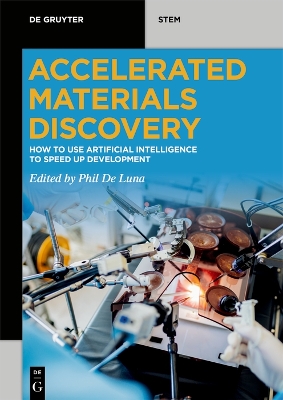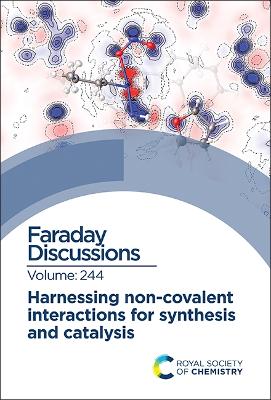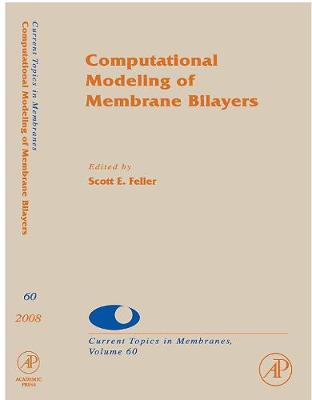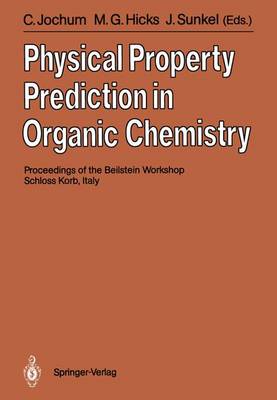This work focuses on complementary crystallographic and spectroscopic areas of dynamic structural science, from papers presented at the 46th NATO sponsored course in Erice, Sicily 2013. These papers cover a range of material from background concepts to more advanced material and represent a fully inter-disciplinary collection of the latest ideas and results within the field. They will appeal to practising or novice crystallographers, both chemical and biological, who wish to learn more about mo...
Non-Linear Optical Properties of Matter: From Molecules to Condensed Phases attempts to draw together both theory and application in this field. As such it will be of interest to both experimentalists and theoreticians alike. Divided into two parts, Part 1 is concerned with the theory and computing of non-linear optical (NLO) properties while Part 2 reviews the latest developments in experimentation. Part 1: Surveys the current advances in the computation of the NLO properties of molecules, crys...
Zweihundert Jahre Entwicklung der Theoretischen Chemie im deutschsprachigen Raum
by Karl Jug
Die Theoretische Chemie hat eine zweihundert Jahre alte Tradition in der Chemie. Zu Anfang des 19. Jahrhunderts, als die Chemie sich als eigenständige Wissenschaft zu etablieren begann, erschienen ein- oder mehrbändige Werke zur Theoretischen Chemie. Das vorliegende Werk basiert auf einem Genealogie-Projekt des Autors, stellt gewissermaßen ein Who is who der Theoretischen Chemie dar und beschreibt ihre Entwicklung in Deutschland in den letzten 200 Jahren.
Online Searching on STN
This book is a documentation of a one day workshop covering searches in the Beilstein database on the host STN. Search possibilities in all main fields are described by examples; the answers are also given and commented. Using this manual the reader can easily convert his own problem and formulate it correctly for the host STN. One example shows the link between the CAS file and the Beilstein database using the CAS-Registry Number as search term. The manual also gives an insight as to how to wor...
Gold Catalysis: An Homogeneous Approach (Catalytic Science, #13)
Research on designing new catalytic systems has been one of the most important fields in modern organic chemistry. One reason for this is the predominant contribution of catalysis to the concepts of atom economy and green chemistry in the 21st century. Gold, considered catalytically inactive for a long time, is now a fascinating partner of modern chemistry, as scientists such as Bond, Teles, Haruta, Hutchings, Ito and Hayashi opened new perspectives for the whole synthetic chemist community. Thi...
This book provides state-of-the-art information on how studies in applied theoretical organic chemistry are conducted. It highlights the many approaches and tools available to those interested in using computational chemistry to predict and rationalize structures and reactivity of organic molecules. Chapters not only describe theoretical techniques in detail, but also describe recent applications and offer practical advice.Authored by many of the world leaders in the field of applied theoretical...
Computational Materials Discovery
New technologies are made possible by new materials, and until recently new materials could only be discovered experimentally. Recent advances in solving the crystal structure prediction problem means that the computational design of materials is now a reality. Computational Materials Discovery provides a comprehensive review of this field covering different computational methodologies as well as specific applications of materials design. The book starts by illustrating how and why first-princ...
The research in this book looks at the likelihood and level of use of implemented technological components with regard to the adoption of different precision agricultural technologies. To identify the variables affecting farmers' choices to embrace more precise technology, zero-inflated Poisson and negative binomial count data regression models are utilized. Outcomes from the count data analysis of a random sample of various farm operators show that various aspects, including farm dimension, far...
This is the third edition of the successful text-reference book that covers computational chemistry. It features changes to the presentation of key concepts and includes revised and new material with several expanded exercises at various levels such as 'harder questions' for those ready to be tested in greater depth - this aspect is absent from other textbooks in the field. Although introductory and assuming no prior knowledge of computational chemistry, it covers the essential aspects of the su...
Dieses einzigartige Lehrbuch kombiniert die Grundlagen der chemischen Thermodynamik mit einem umfangreichen und praxisbezogenen Aufgaben- und Fragenteil. Das erste Kapitel stellt die Grundlagen knapp und präzise, aber auch lesbar und gut verständlich dar. Erklärt werden z.B. der Nullte bis Dritte Hauptsatz der Thermodynamik, die thermische und die kalorische Zustandsgleichung, die Entropie, partielle molare Größen, thermodynamische Potenziale und heterogene Gleichgewichte binärer und ternärer Sy...
This book will revolutionize the way physical chemistry is taught by bridging the gap between the traditional "solve a bunch of equations for a very simple model" approach and the computational methods that are used to solve research problems. While some recent textbooks include exercises using pre-packaged Hartree-Fock/DFT calculations, this is largely limited to giving students a proverbial black box. The DIY (do-it-yourself) approach taken in this book helps student gain understanding by bui...
The book builds on the analogy between social groups and assemblies of molecules to introduce the concepts of statistical mechanics, machine learning and data science. Applying a data analytics approach to molecular systems, we show how individual (molecular) features and interactions between molecules, or "communication" processes, allow for the prediction of properties and collective behavior of molecular systems - just as polling and social networking shed light on the behavior of social grou...
Computational Molecular Science
Easy access to information on all aspects of molecular computations Order the six-volume set today and benefit from the special introductory price – full details below Computational Molecular Science is the successor of the highly acclaimed Encyclopedia of Computational Chemistry, which was published by Wiley in 1998, and is the ultimate resource on all aspects of computational chemistry and its applications in chemistry, biology and materials science. Capturing the interdisciplinary flavour of...
HEXANOTE Hexagonal Grap Notebook Oraganic Chemistry
by Vanessa G Hoover
Principles of Molecular Photochemistry
by Nicholas J. Turro, V. Ramamurthy, and J.C. Scaiano
Principles of Molecular Photochemistry: An Introduction develops photochemical and photophysical concepts from a small set of familiar principles. Developed from Nick Turro’s best-selling text for three decades – Modern Molecular Photochemistry – this updated primer introduces an initial paradigm that relates the photon and a reactant molecular structure to photochemistry through the structure and dynamics of electronically excited states, reactive intermediates and products. The same paradigm i...
Reactive Distillation (De Gruyter Textbook)
by Vandana Sakhre and Uday Pratap Singh
Neural Networks is an integral part in machine learning and a known tool for controlling nonlinear processes. The area is under rapid development and provides a tool for modelling and controlling of advanced processes. This book provides a comprehensive overview for modelling, simulation, measurement and control strategies for reactive distillations using neural networks.
Typical timelines to go from discovery to impact in the advanced materials sector are between 10 to 30 years. Advances in robotics and artificial intelligence are poised to accelerate the discovery and development of new materials dramatically. This book is a primer for any materials scientist looking to future-proof their careers and get ahead of the disruption that artificial intelligence and robotic automation is just starting to unleash. It is meant to be an overview of how we can use these...
Symmetry in Bonding and Spectra
Many courses dealing with the material in this text are called "Applications of Group Theory." Emphasizing the central role and primary importance of symmetry in the applications, Symmetry in Bonding and Spectra enables students to handle applications, particularly applications to chemical bonding and spectroscopy. It contains the essential background in vectors and matrices for the applications, along with concise reviews of simple molecular orbital theory, ligand field theory, and treatments o...
Harnessing Non-covalent Interactions for Synthesis and Catalysis (Faraday Discussions)
The areas of synthesis and catalysis are largely driven by non-covalent interactions, and it is therefore essential to understand, control, and manipulate them. Doing so would allow for the optimisation of the properties and functions of new catalysts across the length scales. The current challenges in this area include structure determination of reactive intermediates, ascertaining structure-activity relationships, modelling transient states in catalytic cycles, and developing processes for rel...
Computational Modeling of Membrane Bilayers (Current Topics in Membranes, #60)
by V Sundararajan
Current Topics in Membranes provides a systematic, comprehensive, and rigorous approach to specific topics relevant to the study of cellular membranes. Each volume is a guest edited compendium of membrane biology.
Physical Property Prediction in Organic Chemistry
For more than 100 years the Beilstein Handbook has been publishing checked and evaluated data on organic compounds. It has become the major reference book for the chemical and physical properties of organic com- pounds. The prediction of these physical properties was the subject of the Beilstein workshop. The ability to predict physical properties is for several reasons of great interest to the Beilstein Institute. It is of primary importance to be able to check the abstracted data for accuracy...
